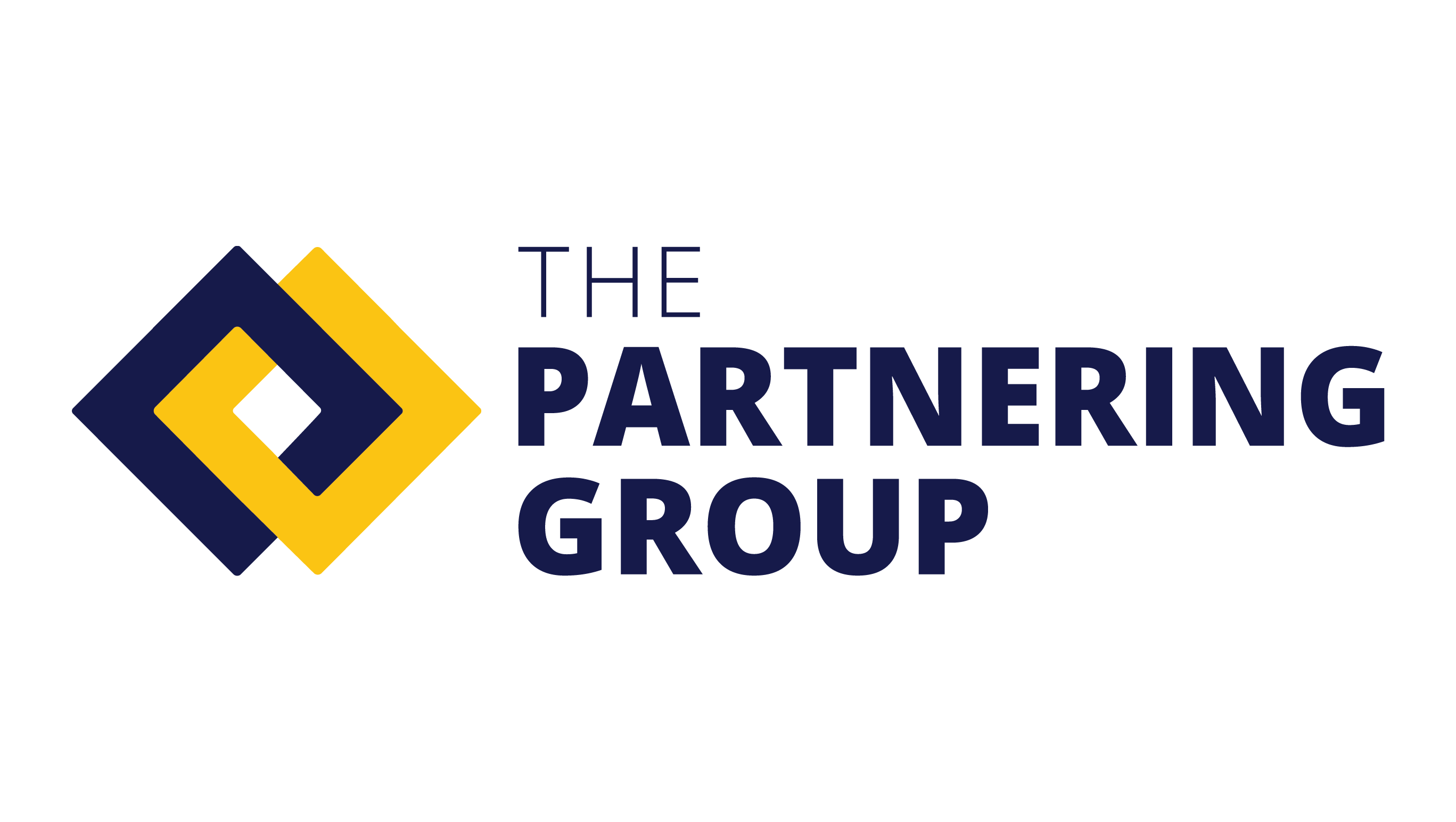- January 4, 2012
- Posted by: tpgstaging
- Category: reports

Price: Complementary
[button size=”medium” color=”black” link=”/order-now-free-publications/”]Order Now[/button]
 The Integrating Loyalty Marketing and Category Management report was developed by The Partnering Group and the Category Management Process Improvement Group with the support of The Coca-Cola Company
The Integrating Loyalty Marketing and Category Management report was developed by The Partnering Group and the Category Management Process Improvement Group with the support of The Coca-Cola Company
and The Procter & Gamble Company and other leading retailers and manufacturers in North America and was sponsored by the Joint Industry Project on Efficient Consumer Response.
The objective of this report is to show how to integrate loyalty marketing and category management, present the benefits and suggest a set of next steps for suppliers and distributors.
Integrating the two practices can accelerate the use of loyalty-card knowledge to help companies differentiate themselves in the marketplace. This report also helps practitioners visualize how the data and knowledge can be applied to increase the effectiveness of category level planning and operations.
This publication does not cover all the topics involved in a full integration, i.e., systems and technology specifications, organizational design, corporate database maintenance, total store loyalty strategy and corporate offers. It provides a concise and powerful discussion of category-level opportunities, illustrated by case studies.
Forming Consumer Partnerships
The critical information in this report can help stimulate top-management discussion and debate regarding consumer partnerships. The report also highlights the suggested capabilities a company needs to conduct this new work. Readers should be able to perform an internal assessment of their company’s capabilities in these areas. This document can also help the reader become a champion of the work inside their company, using the provided case studies as examples of success.
Key Findings
The key findings section quickly reviews the learning contained in greater detail within the report. The major sections can be roughly summarized as key questions such as “why change?”, “what is the solution?” and “what are the benefits and requirements?”
Five Major Drivers
There are five major drivers of industry change today: consumer expectation, loyalty marketing, category management, new competition and technology.
Consumer Expectation
Mass-marketing efforts are yielding declining benefits with increasing cost. Consumers and media are becoming more fragmented. Therefore, traditional marketing, focusing on one offer for all consumers, does not always capture the loyalty of the most important consumers.
Loyalty Marketing
Consumer loyalty is critical to the performance of many businesses. Many retailers and suppliers are coming to realize the power of their most loyal consumers. The top 25 percent of consumers often provide 65-70 percent of the retailer or supplier’s net profit.
Category Management
Category management has become the way an increasing majority of the industry does business. To deliver CM, companies have made profound changes on many levels, with the core principles of supplier-retailer partnership and consumer-focused business planning becoming embedded in many companies. In terms of organizational structures, retailers are building multifunctional teams around categories, and suppliers are structuring multifunctional teams around customers. Significant supplier, broker and distributor support for CM is continuing and is sure to drive more change.
New Competition
New competition means new rules. There is a small but fast-growing new world of direct-to-consumer, Internet-based retailing emerging with few barriers to entry, a lower overall cost structure and the capability to differentiate the offer by consumer. These companies often operate out of depots/warehouses and have no stores, which dramatically lowers costs and reduces barriers to market entry. The significant competitive advantage of these virtual retailers can be explained in three consumer statements: “They have . . .lower prices, the best location (accessible via a PC) and recognize my unique needs.”
And we haven’t even mentioned the continuing effect of restaurants and take-home/delivered food services. These competitors are still taking a share in key fresh, convenient and prepared-food arenas. Many are also shifting to centralized commissary environments for 70-80 percent of food preparation, making their retail locations more cost effective for expansion (e.g., Taco Bell, Subway). Growth in this sector is still strong based on the increasing consumer need for convenience.
New Technology
Several major technological advancements are facilitating a new style of marketing by offering new ways to communicate value and establish dialogue with consumers:
– Cheaper and more efficient client-server based data warehouses.
– Better tools for analysis of the information.
– Smart cards and card scanners allowing speedy and accurate capture of consumer-level transactions.
– Internet-based coupons and front-of-store kiosk coupons capable of targeting individual consumers with customized offers.
– Web-based retailers customizing each consumer interface by targeting assortments, pricing, theater and promotions to individual consumer needs.
– Phone-based and fax-based promotional tools allowing more opportunities to capture shoppers.
– Mobile-phone technology and global positioning systems capable of reaching consumers at their location with unique marketing messages.
– Internet-based research and questionnaires enabling suppliers and distributors to enhance their consumer insights.
– Checkout systems capable of offering complex promotional and pricing offers triggered by product mix or amount.
– Games, contests and video-enhanced, post-purchase coupons and offers presented at checkout.
– Hand-held scanning equipment enabling store management to identify customers to target with additional customer-service options.
– Third-party agents offering “best-price” services that find the best total marketbasket of goods and services among local grocers, enabling consumers to purchase with an auction or bid method.
This is only a glimpse at the cutting-edge technology that is transforming marketing in the consumer products industry. Power is shifting from the supplier and the distributor to the consumer. Companies that own the consumer relationship will own the value. Information is a prerequisite to forming this relationship and is therefore becoming a marketing company’s number one asset.
Leveraging Key Opportunities
These changes and drivers present several key opportunities to the industry that suppliers and distributors can leverage by:
– Developing new paradigms for going to market.
– Better utilizing consumer databases in decision making.
– Using cost-effective targeted programs to build market share among loyal customers and gain an advantage over competitors who use a mass approach.
– Enhancing business results by integrating category management (CM) and loyalty marketing (LM) efforts.
There are strong similarities between the goals of CM and LM which facilitate the integration of the two practices. Both CM and LM:
– Emphasize and focus on the consumer.
– Require accurate and well-organized data.
– Involve multiple functions to work most effectively.
– Yield the greatest impact at lowest cost when retailer and supplier apply their resources in partnership.
Three-way Partnership Among Retailer, Supplier and Consumer
The Solution
The new paradigm focuses on developing consumer partnerships (CP). CP requires three-way partnership among retailer, supplier and consumer, involving clearly defined expectations and benefits for all participants.
The Benefits
The benefits to the practitioner are on two levels:
1) Better asset and resource utilization via targeted deployment, which drives increases in shareholder value.
2) Greater share of consumer spending, which drives up net operating profit.
By integrating CM and LM, companies are able to generate more loyalty from their consumers with less resource allocation. This method provides a decided advantage over traditional mass marketing tactics, which can be unprofitable and easily replicated by competitors.
Developing Customer Partnerships
The development of CP involves a top-management commitment to shifting company focus from all shoppers to individual shoppers. This change of perspective requires an in-depth assessment of the company’s data gathering and utilization capabilities and its ability to deliver unique and targeted promotions, assortment and theater by store group or consumer group. The gap between this vision and actual practice is typically very wide and therefore demands significant investments in key capabilities (outlined in next steps). The following powerful business questions must be addressed for CP to deliver higher value, more relevant, differentiated tactics to consumers.
– How do consumers perceive products?
– What are the unique attitudes of each consumer?
– What is the value delivered by each consumer?
– How should we segment stores based on unique consumer/competitive situations?
These business questions are not typically asked at a category level or portfolio level (multi-category business unit). In fact, many retailers and suppliers cannot answer these questions even at a total-corporation (all stores/products) level. This knowledge gap makes it difficult or impossible for key decision-makers to decide how to allocate resources and drive differentiated tactics. A typical manager’s response today would be, “Even if we have the capability to create unique product assortment by store, what would I do? Who would I target and with what?”
Practitioners are leveraging new data sources in three major ways to gain competitive advantage. Companies that apply loyalty-card and/or supplier’s consumer database information toward specific business questions are:
1) Making smarter and faster decisions than their competition.
2) Able to derive answers to questions that cannot be found by competitors using only syndicated databases, because of the relatively small amount of panelists surveyed in purchased household data.
3) Gaining breakthrough learning about their fresh and perishables categories by mining and applying these new data sources.
Potential Next Steps
1) Self-assessment. Suppliers and distributors should evaluate and assess their:
Corporate Strategy. Corporate strategy may need to be revised to align with the major principles of the new work.
Knowledge capabilities. Companies should gain a better understanding and management of the kinds of data they have on individual consumers and the methods used to store the data and assess the speed and flexibility of the current system for data analysis. They should reevaluate their knowledge-utilization capabilities by taking stock of the people, processes, analytical models and training offered to employees.
Tactics capabilities. Suppliers and retailers should determine their desired contact points with individual consumers and compare them with current contact points. They should also evaluate how well they can differentiate the tactical offer (i.e., price, promotion, merchandising, assortment, logistics or service) based on individual consumers or stores.
Action capabilities. This assessment requires a review of current planning and implementation processes. Who develops the plan? Who is responsible for implementation? Under the new process, how will plans be deployed at retail? How will the company track and drive implementation? Companies should gain a better understanding and management of the kinds of data they have on individual consumers and the methods used to gather the data. Practitioners should also review how their companies store the data and assess the speed and flexibility of the current system for data analysis.
2) Cost/benefit analysis. Once a company has conducted a self-assessment, some gaps will be evident. Developing a cost/benefit analysis for these gaps will help determine how to improve capabilities where necessary.
3) Begin targeted planning exercises. Drawing on its enhanced capabilities, a practitioner should now be able to determine whether to shift resources (i.e., trade spending, space, promotional slots, etc.) toward more targeted planning exercises. Pilots are an excellent way for a company to test these new methods.
4) Consumer education. Practitioners should develop strategies to educate consumers on the value they receive through their participation in a retailer’s loyalty-marketing initiatives.
To obtain a copy of the full report or learn more, contact The Partnering Group email at generalinfo@tpg-mail.com.
